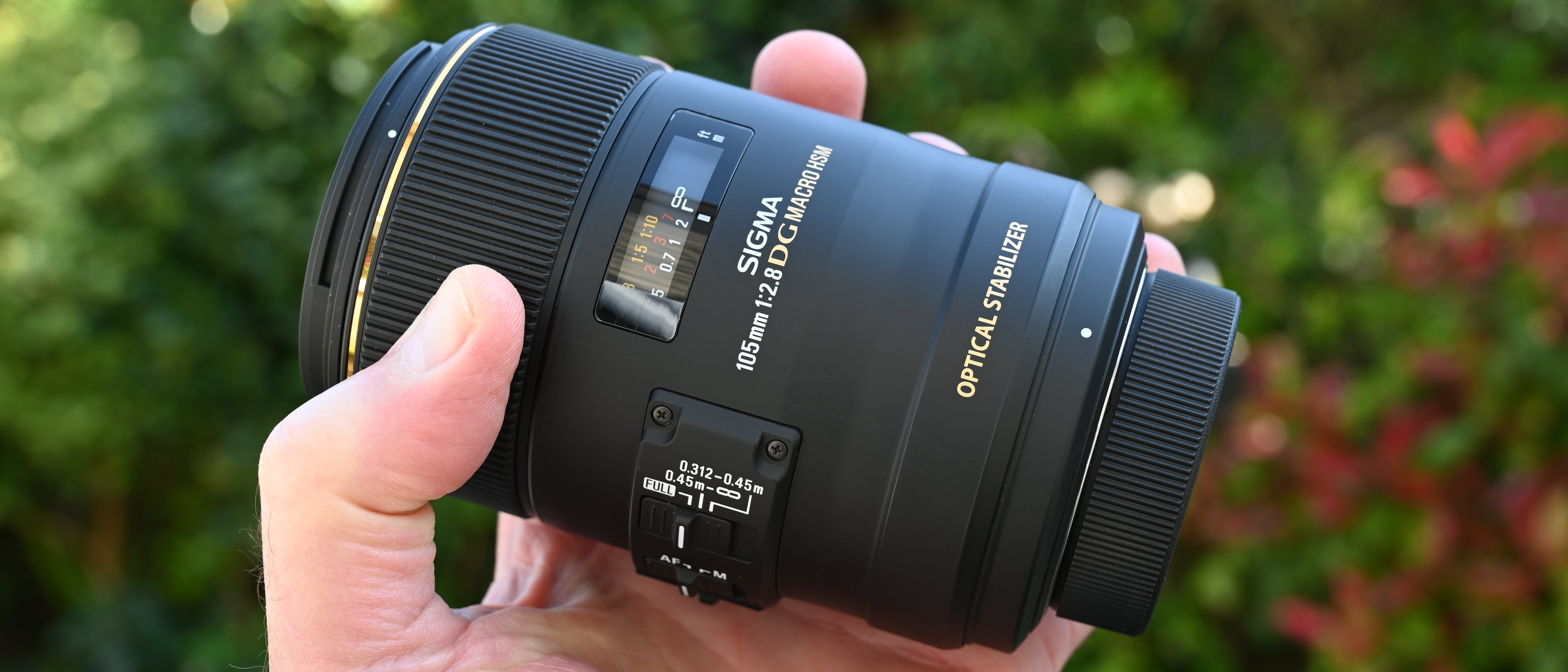Digital Camera World Verdict
Stepping up from an f/1.8 prime lens to an f/1.4 model typically comes at a high cost, both in terms of size and weight as well as purchase price. Sure enough, this Nikkor is about twice the weight and three times the price of the Nikon AF-S 35mm f/1.8G ED. It’s a lovely lens that delivers excellent image quality but you have to ask yourself how much you really need that extra two-thirds of an f/stop. Either way, it doesn’t do anything that the much less expensive Sigma 35mm f/1.4 DG HSM Art and Tamron SP 35mm f/1.4 Di USD don’t do, and the Sigma only costs half the price.
Pros
- +
Fast f/1.4 aperture
- +
Excellent image quality
- +
Tough magnesium barrel
Cons
- -
Fairly chunky and weighty
- -
Expensive to buy
Why you can trust Digital Camera World
Released back in 2010, the Nikon AF-S 35mm f/1.4G finally replaced the antiquated 35mm f/1.4 Ai-S that dated all the way back to 1970. The new lens is rather larger and just over 50 per cent heavier, weighing in at 600g. By way of comparison, it’s a similar size and weight to the Sigma 35mm f/1.4 DG HSM Art and noticeably smaller and lighter than the Tamron SP 35mm f/1.4 Di USD.
Specifications
Mount: Nikon F (FX)
Full-frame: Yes
Autofocus: Yes
Stabilization: No
Lens construction: 10 elements in 7 groups
Angle of view: 63 degrees
Diaphragm blades: 9
Minimum aperture: f/16
Minimum focusing distance: 0.3m
Maximum magnification ratio: 0.2x
Filter size: 67mm
Dimensions: 83x90mm
Weight: 600g
Key features
As you’d expect, whereas the original Nikon lens was a manual-focus optic, the new one gains a ring-type ultrasonic autofocus system which is rapid and whisper-quiet. As usual, it comes complete with a focus distance scale beneath a viewing window, and full-time manual override. Indeed, priority is given to manual override when in autofocus mode, signified by the M/A M lettering above the auto/manual focus switch. Focusing is entirely internal, so the lens doesn’t physically extend at any focus setting, and the front element doesn’t rotate.
With 10 elements arranged in seven groups, the optical path is fairly simple and straightforward. There’s a single aspherical element but none of the ED (Extra-low Dispersion) glass that’s featured in many Nikon lenses. Nano Crystal Coat is applied to one of the elements, with the aim of reducing ghosting and flare.
Performance
Sharpness across the entire image frame is excellent at most apertures but, as is often the way with ‘fast’ lenses, edge/corner-sharpness drops off noticeably when shooting wide-open, and vignetting is also pretty severe. Lateral chromatic aberration is very minimal, even without relying on the automatic correction available in current and recent Nikon cameras. However, longitudinal/axial chromatic aberration, also referred to as ‘bokeh fringing’, can be problematic when shooting at the wide end of the aperture range. This can be visible as magenta and green fringes around edges that are in front of and behind the point of focus, respectively.
Example shots


Verdict
Stepping up from an f/1.8 prime lens to an f/1.4 model typically comes at a high cost, both in terms of size and weight as well as purchase price. Sure enough, this Nikkor is about twice the weight and three times the price of the Nikon AF-S 35mm f/1.8G ED. It’s a lovely lens that delivers excellent image quality but you have to ask yourself how much you really need that extra two-thirds of an f/stop. Either way, it doesn’t do anything that the much less expensive Sigma 35mm f/1.4 DG HSM Art and Tamron SP 35mm f/1.4 Di USD don’t do, and the Sigma only costs half the price.
Read more:
• Best camera lenses to get
• Best Canon lenses
• Best Nikon lenses
• Best Sony lenses
Matthew Richards is a photographer and journalist who has spent years using and reviewing all manner of photo gear. He is Digital Camera World's principal lens reviewer – and has tested more primes and zooms than most people have had hot dinners!
His expertise with equipment doesn’t end there, though. He is also an encyclopedia when it comes to all manner of cameras, camera holsters and bags, flashguns, tripods and heads, printers, papers and inks, and just about anything imaging-related.
In an earlier life he was a broadcast engineer at the BBC, as well as a former editor of PC Guide.


